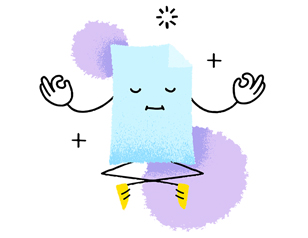Content area
Abstract
This dissertation addresses the problem of analysis and classification of errors in discrete sequential processes ("string comparison problem").
The study evolved over two phases. First, an existing artificial intelligence technique, heuristic state space search, was used to successfully address and resolve significant issues that have prevented automated error classification in the past. A general method was devised for constructing heuristic functions to guide the search process, which successfully avoided the combinatorial explosion normally associated with search paradigms. A prototype error classifier, SLIPS/I, was tested and evaluated using both real-world data from a databank of speech errors and artificially generated random errors. It showed that heuristic state space search is a viable paradigm for conducting domain-independent error classification within practical limits of memory space and processing time.
The second phase considered sequential error classification as a diagnostic process in which a set of disorders (elementary errors) is said to be a classification of an observed set of manifestations (local differences between an intended sequence and the errorful sequence) if it provides a "regular cover" for them. Using a model of abductive logic based on the set covering theory, this new perspective of "error classification as a diagnostic process" models human diagnostic reasoning in classifying complex errors.
A high level, non-procedural error specification language (ESL) was also designed. Domain experts (application specialists) can use ESL constructs to specify domain-specific information in the form of an "errorbase" that is combined with a domain-independent inference mechanism "kernel" to generate an error classifier. Elementary error sets are specified by presenting generic examples of their isolated occurrences, which are included within the error base. A prototype error classification system generator SLIPS/II, was designed and implemented to support the ESL and to automatically generate error classifiers tailored to reflect error behavior within a chosen domain of application.





